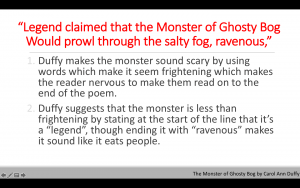
With assessments moderated and marked, one thing screamed out to the English department I’m a part of: the inference is missing.
It wasn’t that student answers weren’t long enough, often they were. It wasn’t that quotes were missing, mostly they were well selected and supportive. It wasn’t that they’d missed the steer.
It was that, where the inference should be, there were empty phrases:
“This makes the reader want to read on.”
“The writer uses language for emphasis.”
“This creates more meaning.”
I don’t know where students hear these phrases from but they seem incredibly universal! When I was thinking about a solution, it seemed clear that students struggle to know the difference between empty, space-filling phrases and actual analysis.
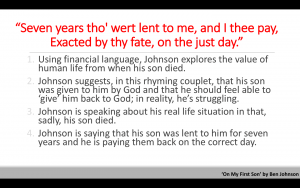
Considering how to make this difference more evident, I realised that it might be worthwhile doing some phrase comparison and, thus, the ‘Inference Powerpoint’ was born. It consists of a series of slides, each one intended as a starter/bell work which should take five minutes.
The aim is that students should select the phrase which includes the best inference and explain how they know it is the most analytical.
Additionally, students can they decide on the flaws of the other answers.
Not all of them have one obvious answer, in that the aim is that students are considering what makes inference effective, so it is worth sometimes warning students of that.
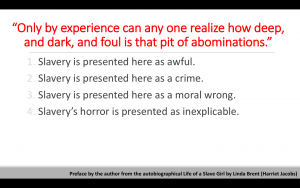
Perhaps more usefully, it seeks to teach students about some other common errors. Often there are answers of exactly the same length or a really vague and meaningless longer answer so that students can rely on length as a guide. We’ve all had students who use that as a guide!
They usually haven’t even read the examples we give, instead labelling them from best to worst by length!
Obviously, in that I’ve only just thought of this, I haven’t perfected it or worked out the many ways I’m sure I can use it!
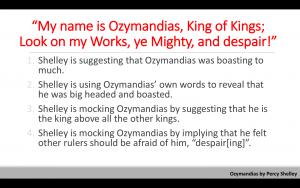
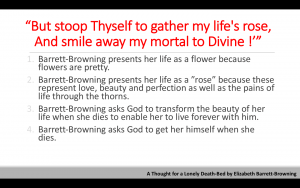
Here’s the initial powerpoint, which I set up based on unseen text booklets we teach to KS3: Inference Powerpoint KS3 – Spring
Check out @ReynardannaAnna on Twitter for the booklets this is based on and LOADs of other resources/ideas…